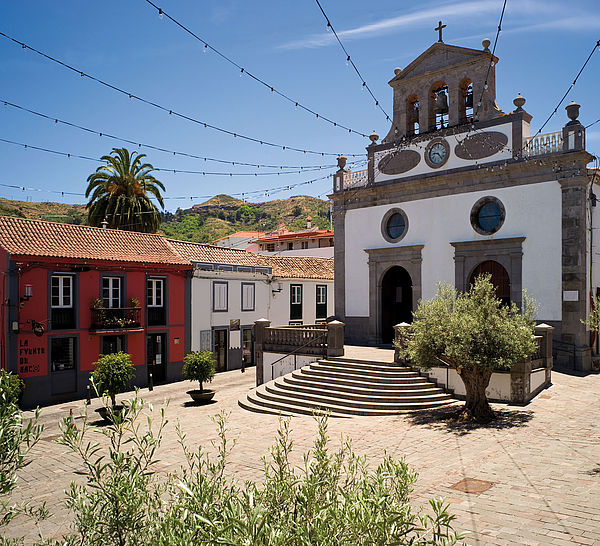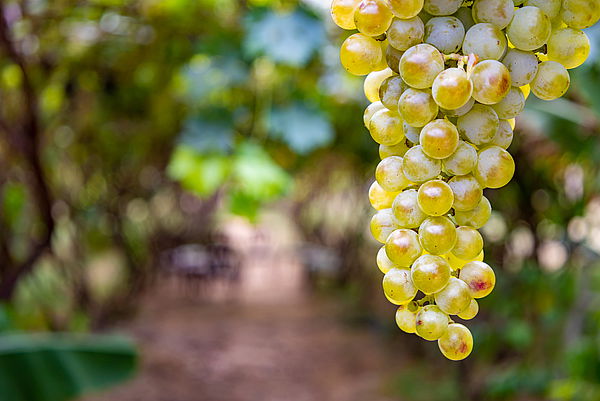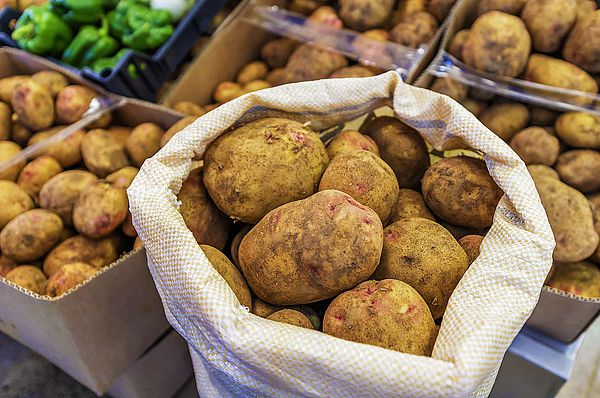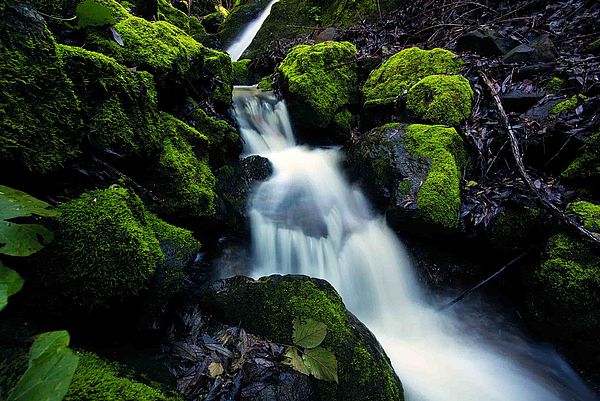The name “vega” (meadow) in La Vega de San Mateo gives a clue to its agricultural background. The place where the village stands, right at the top of the municipality, has boasted a range of names over the last few centuries, all with their one common denominator: Vega de Matos in the 18th century, Vega Alta in the 19th century, to its present name of Vega de San Mateo in the 20th century. It is clear we are talking about a meadow then, indicating fertile land, blessed by rain and abundant water, with a humid climate which benefits, in this case, from the trade winds. The road that joined it to the capital was one of the first on the island. Further up, and inland, there were only paths and ridges, and yet more agriculture and cattle!

Antonio Ramírez acquired an estate midway through last century in La Lechuza, at such a place “further up” which was just a wild hillside. He turned over the land in an attempt to put it to agricultural use, with wine cultivation in mind. Once the natural vegetation had been cleared, a heavy iron bar (“Miguel made it for me, the ironmonger from La Caldereta”) was the tool used to make holes in the ground, to encourage thousands of vines to take root, to create a plantation “of three whole acres”.
Thousands of kilos of grapes from this estate reached the marketplace at the city of Las Palmas de Gran Canaria, over the next few years. But the road still didn’t make its winding way up to his hillside at this time, so Antonio had to resort to the same means of transport his ancestors and neighbours’ ancestors used, namely mules. They were only used to go as far as the village, as from there the produce could carry on its journey by lorry.

The years went by, however, and the grape was no longer profitable. He didn’t think twice and pulled up his vines. In their place he was going to grow artichokes, potatoes and peppers. That’s how it goes for the farmer. But as the world keeps turning and never stops to look back, with the younger generation of his children coming through, he changed back to vines … and a lot of them. So wine was back, and around the turn of this century the Vega de San Mateo became one of the greatest wine producing municipalities on the island, only Santa Brígida produces more.
The market for this wine nowadays is on this island, and all over. The products of both this and other families in La Vega who dedicate their lives to agriculture also have a weekly date down the local village market, and is a great stopping off point for passers-by who come up with family and friends at the weekend on their days off, several thousand in fact come to the Agricultural and Craft Market of La Vega de San Mateo, the busiest and largest on the island.

The range of products here is so varied and the atmosphere all around so lively that people make a special point of coming up here to spend the whole day, and not just as a place to pass through. This town has an exquisite assortment of food products that bring them along in their droves. Apart from the aforementioned wines, we mustn’t forget the cheeses (especially well known around here are the fresh cheeses), honey, pastries and cakes, bread, and naturally the extensive range of agricultural ingredients such as vegetables, greens, fruits, aromatic herbs, even flowers for decorating the table.
If you intend to have these products cooked for you, and looking up at you on a plate saying “eat me now!”, make the most of your visit to San Mateo and stay and have lunch at one of its many restaurants. Enjoy!
